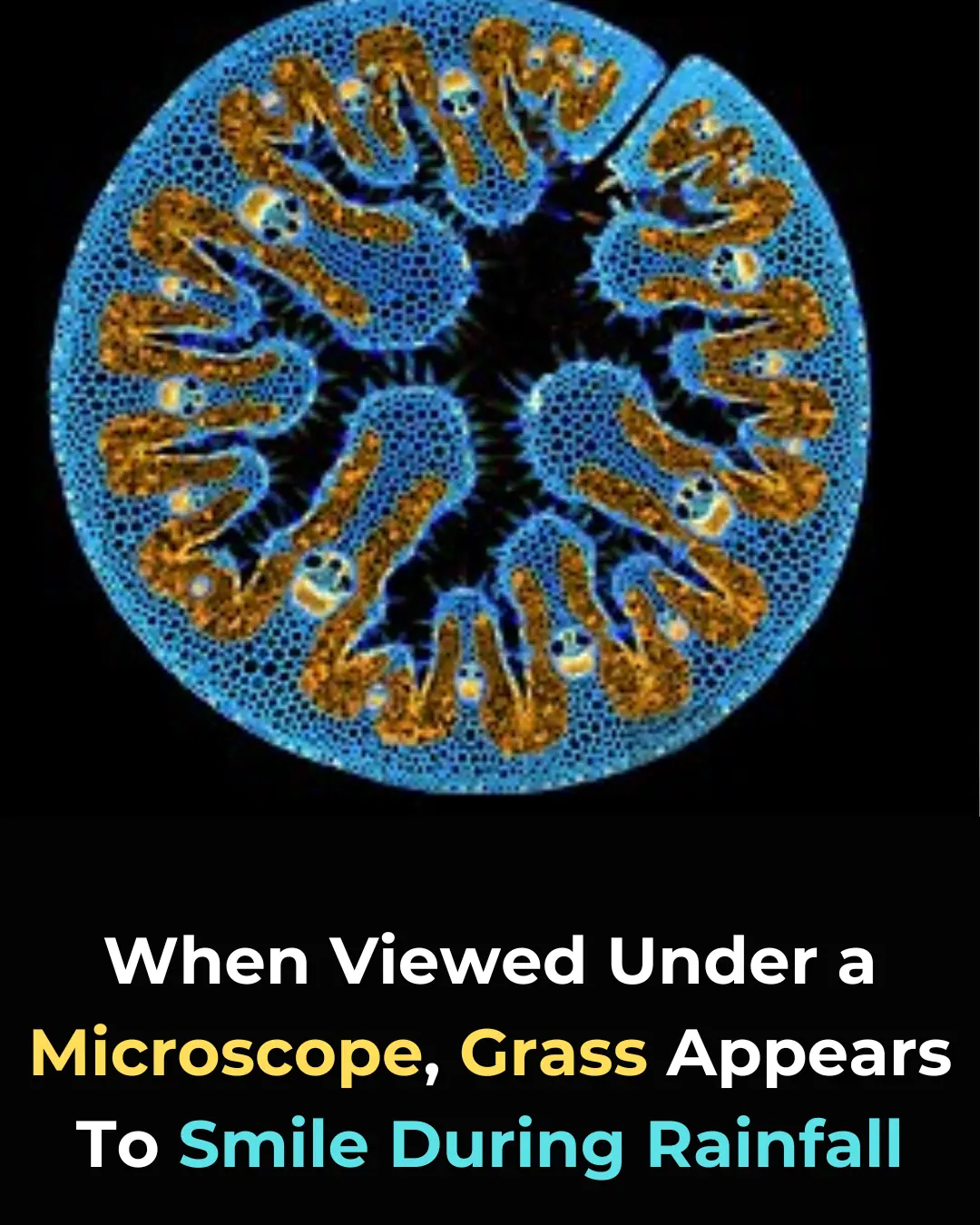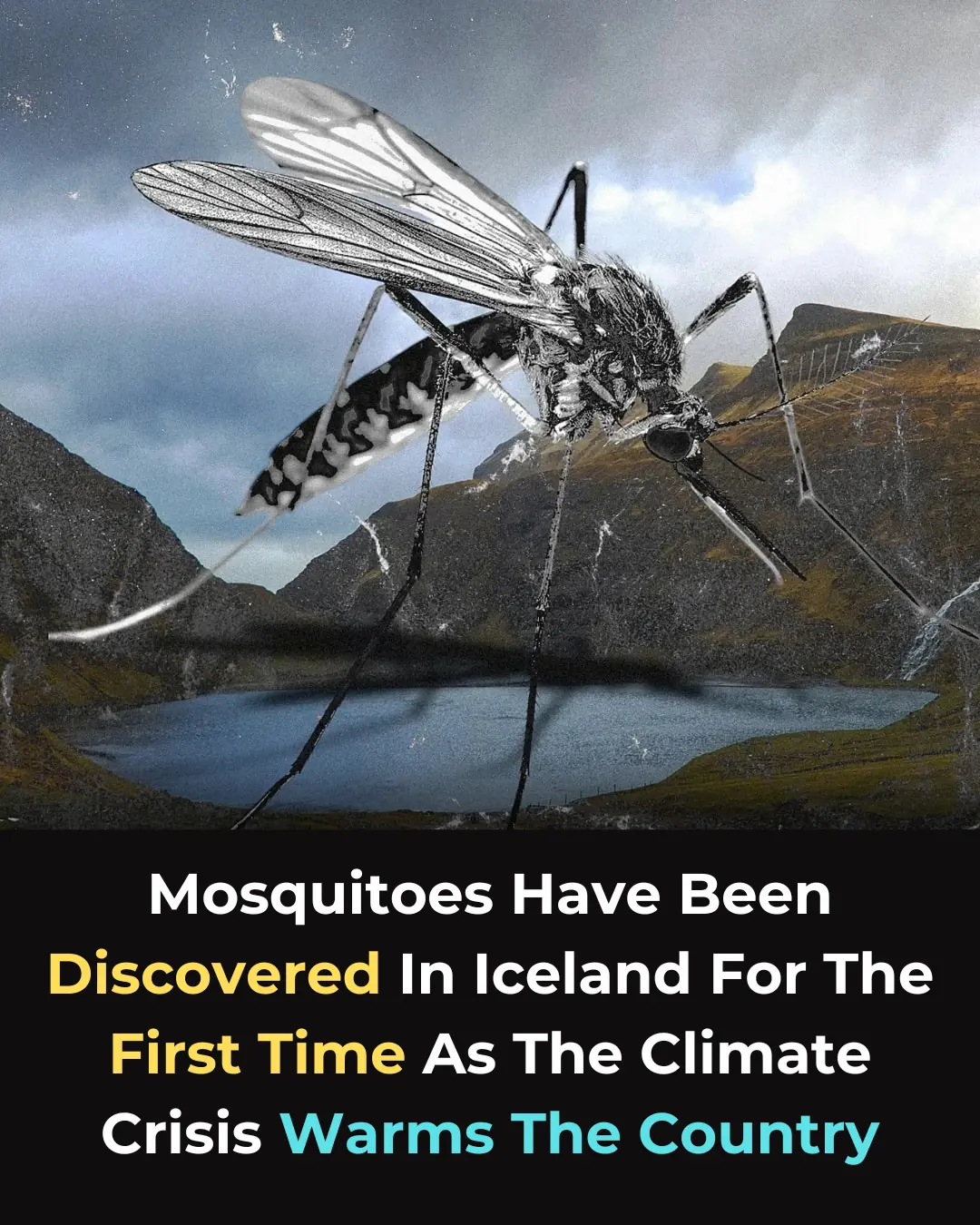
Revolutionary Cancer Treatment: Activating Immune Structures Within Tumors to Shrink Cancer and Prevent Relapse
A groundbreaking study has revealed an innovative approach to cancer treatment, showing that researchers can activate immune structures directly within tumors to fight cancer more effectively. These specialized immune structures, known as tertiary lymphoid structures (TLS), serve as mini immune hubs inside the tumor environment. By triggering these structures, scientists are able to enhance the body’s natural defense mechanisms, which in turn attack and destroy cancer cells. In recent experiments, stimulating these immune hubs not only led to a reduction in tumor size but also helped prevent the cancer from returning after treatment.
This method stands apart from traditional cancer treatments such as chemotherapy and radiation. Instead of relying on harsh external treatments that target both healthy and cancerous cells, this innovative approach leverages the body’s own immune system to combat the disease. By activating these internal immune structures, the treatment is more targeted and specific, potentially reducing the severe side effects commonly associated with conventional therapies like chemotherapy. The concept behind this approach lies in tapping into the body's own natural defense mechanisms, making it a safer and potentially more effective option in treating cancer (Source: National Cancer Institute, NCI).
Tertiary lymphoid structures are clusters of immune cells that form within the tumor microenvironment in response to inflammation. These structures resemble the lymph nodes in the body, but they develop inside the tumor itself. In a healthy immune system, these lymphoid structures help organize and enhance immune responses, enabling the body to target and eliminate harmful invaders. However, tumors can create an immunosuppressive environment that prevents the immune system from functioning properly. By stimulating TLS, researchers are able to reverse this suppression and enhance the immune system’s ability to fight the cancer more effectively.
In early trials, researchers have observed promising results, including a noticeable shrinkage in tumors and a significant reduction in the likelihood of relapse. These early findings have sparked optimism among medical professionals, suggesting that therapies designed to stimulate TLS could revolutionize cancer treatment. As this new approach is developed, it holds the potential to greatly improve long-term patient outcomes, particularly for those who have not responded to traditional therapies (Source: American Cancer Society). The fact that TLS activation not only targets tumors but also prevents recurrence is a particularly exciting prospect, offering hope for better survival rates among cancer patients worldwide.
While these early results are promising, experts are focusing their efforts on refining this method further. Key areas of research include identifying which types of tumors respond best to TLS activation and developing clinical protocols that can be safely applied to human patients. The ongoing clinical trials aim to optimize the treatment, making it more accessible and effective for a broader range of cancer types. Researchers are also investigating how best to combine this new technique with existing treatments, such as immunotherapy, to create more comprehensive and powerful therapeutic regimens (Source: Nature Reviews Cancer).
The growing trend toward immunotherapy is one of the most exciting developments in modern medicine. Immunotherapy uses the body’s immune system to fight diseases like cancer, and this new approach represents a significant leap forward in that field. It offers a new way to attack cancer with fewer side effects than traditional treatments, which typically target both healthy and cancerous cells indiscriminately. This shift in focus from external treatments to harnessing the body’s own immune system highlights the evolving landscape of cancer care and the increasing recognition of the importance of immunological mechanisms in disease management.
This discovery marks a major advancement in oncology, offering a new weapon in the fight against one of the world’s deadliest diseases. As research continues, it is likely that this breakthrough will pave the way for more effective and less toxic treatments, potentially transforming the prognosis for millions of cancer patients around the world. The future of cancer treatment is increasingly leaning toward immunotherapy, and activating immune structures within tumors may soon become a cornerstone of this transformative approach.
News in the same category


Transforming Oil into Green Prosperity: The Success of Norway’s Sovereign Wealth Fund

Maximize Broccoli's Cancer-Fighting Power: The Simple Trick That Boosts Sulforaphane Formation

Hidden Fungi in Your Nose: A Surprising Cause of Allergies and Asthma

From Dialysis to Remission: How New Drugs Are Changing the Fight Against Chronic Kidney Disease

The Hidden Beauty of Grass: Discovering Smiling Faces Under the Microscope

The Quiet of Blue Whales: How Climate Change is Affecting Whale Behavior and Ecosystems

The Arrival of Mosquitoes in Iceland: A Sign of Shifting Ecosystems and Public Health Risks

PP405: A Promising New Drug That Could Revolutionize Hair Loss Treatment by Reactivating Dormant Hair Follicles

Astronomers Capture Groundbreaking Image of New Solar System Formation

Denmark's 'Rolling Grocer' Initiative Brings Fresh Food and Community Connection to Rural Seniors

Mosquitoes Discovered in Iceland for the First Time: A Warning of Climate Change Effects

Denis Vashurin: The Man Who Appears as a Teenager Despite Being in His 40s

M.K. Prakasan: The Teacher Who Swims 12 km Daily to Educate Students in Kerala

Belgian Prodigy Laurent Simons Earns PhD in Quantum Physics at Just 15 Years Old

Linking Digestive Health, Vitamin D, and Neurodegenerative Diseases: A Pathway to Cognitive Health

The 400-Year-Old Greenland Shark: A Living Witness to Centuries

The Hidden Dangers of Long-Term Energy Drink Consumption

Frozen Time Capsule: Scientists Reveal Ancient Antarctic Landscape
News Post

From Space to Earth: The Science Behind Felix Baumgartner’s Record-Breaking Jump

Transforming Oil into Green Prosperity: The Success of Norway’s Sovereign Wealth Fund

Maximize Broccoli's Cancer-Fighting Power: The Simple Trick That Boosts Sulforaphane Formation

Hidden Fungi in Your Nose: A Surprising Cause of Allergies and Asthma

From Dialysis to Remission: How New Drugs Are Changing the Fight Against Chronic Kidney Disease

The Hidden Beauty of Grass: Discovering Smiling Faces Under the Microscope

The Quiet of Blue Whales: How Climate Change is Affecting Whale Behavior and Ecosystems

The Arrival of Mosquitoes in Iceland: A Sign of Shifting Ecosystems and Public Health Risks

PP405: A Promising New Drug That Could Revolutionize Hair Loss Treatment by Reactivating Dormant Hair Follicles

Astronomers Capture Groundbreaking Image of New Solar System Formation

Denmark's 'Rolling Grocer' Initiative Brings Fresh Food and Community Connection to Rural Seniors

Mosquitoes Discovered in Iceland for the First Time: A Warning of Climate Change Effects

Denis Vashurin: The Man Who Appears as a Teenager Despite Being in His 40s

M.K. Prakasan: The Teacher Who Swims 12 km Daily to Educate Students in Kerala

Belgian Prodigy Laurent Simons Earns PhD in Quantum Physics at Just 15 Years Old

Flaxseeds Gel For Faster Hair Growth

Linking Digestive Health, Vitamin D, and Neurodegenerative Diseases: A Pathway to Cognitive Health

The 400-Year-Old Greenland Shark: A Living Witness to Centuries
